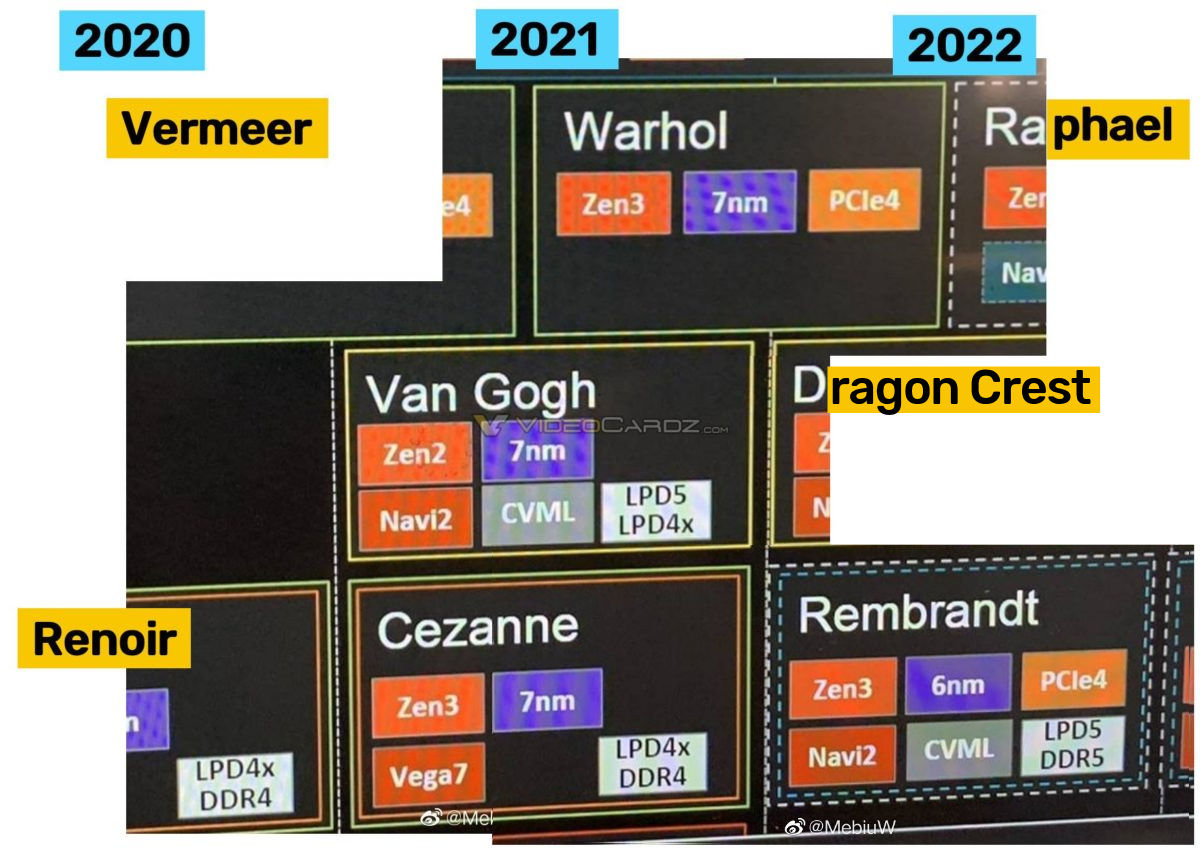As of October 8th Matisse will be 15 months old.
I know. It's a bit depressing actually.
You're confusing OEMs such as Dell and HP with AIBs. I don't see the point in dropping $500-800 every 12 months for a 10% increase in performance, when I can wait 14-17 months and get maybe 17-20% increase in overall performance, or even more if major ground was broken.
I don't recall mentioning OEMs or AIBs. And there's nothing forcing anyone to buy once every generation of product, either. Nor is there any indication that waiting a few more months gets you any more performance.
Is Zen3 going to be any better released in October of this year instead of July? I'm guessing "no". AMD is probably holding it off because:
Motherboards weren't ready, especially since "the community" cried foul when 4xx-series chipsets weren't going to support it
Matisse, despite being a bit old now, is still selling quite well
Related to the above, Intel hasn't released anything new that would require them to sell something better than Matisse on the desktop, and may not until next year (barring TigerLake-H becoming a desktop part)
You could hardly call Zen+ an amazing feat by any stretch of the imagination.
It was actually pretty good - much better than the XT launch. The top-end Pinnacle Ridge picked up maybe 300 MHz on the 1800x, and it had a small IPC gain to boot. That didn't translate into major victories for the 2700x - according to AT Bench, in CBR15 MT, the 2700x was only 8% faster, while it was ~11% faster in Blender. Not bad for a chip that was cheaper at launch than the 1800x. In contrast, the 3900XT cost more than the street price for the 3900X, and had about 0% improvement in MT workloads like CBR20 vs the 3900X.
I've said it before, and I'll say it again - if AMD can pull off another Zen+ with Warhol then it looks like it might be a solid product. Assuming it even exists, which is not guaranteed.
Would you prefer them to be on a strict 12 month cadence with much less YoY growth and charging the same price as they do now
Why not? Not only would it be great for consumers (shocking, I know), but it would also force everyone to take them seriously, especially if Intel found themselves facing Zen3 right now and Zen4 in May-July 2021. Zen3 in July 2020 would have been a stunning blow to Intel. They have no desktop product to launch until maybe January at the earliest, fewer people would be looking at TigerLake-H (or really anything else), and on top of all that, there'd be the spectre of something newer and better hitting in July of next year.
Or would you prefer them to take their time and launch a great product every 14-18 months?
I'm reasonably certain they can launch a great product more frequently than that. Hell 14 months wouldn't be so bad.
Right in line with their cadence.
All I can say at this point is:
The XT chips didn't garner favorability with people.
But they still did it. And it probably made them some extra cash by pushing prices back up to last year's level on what was essentially the same product.






